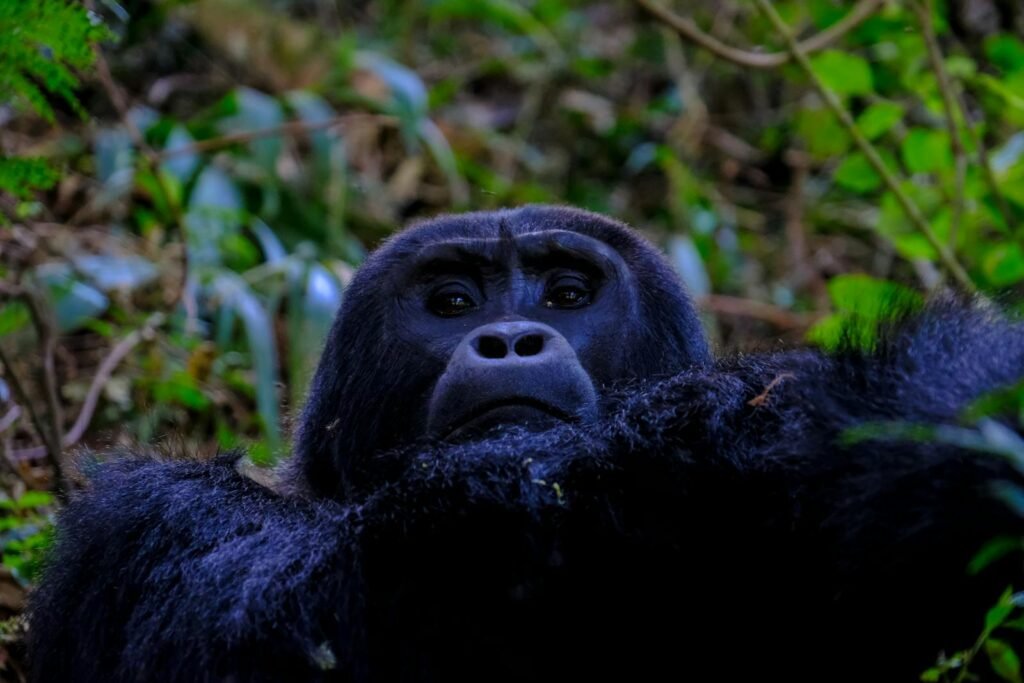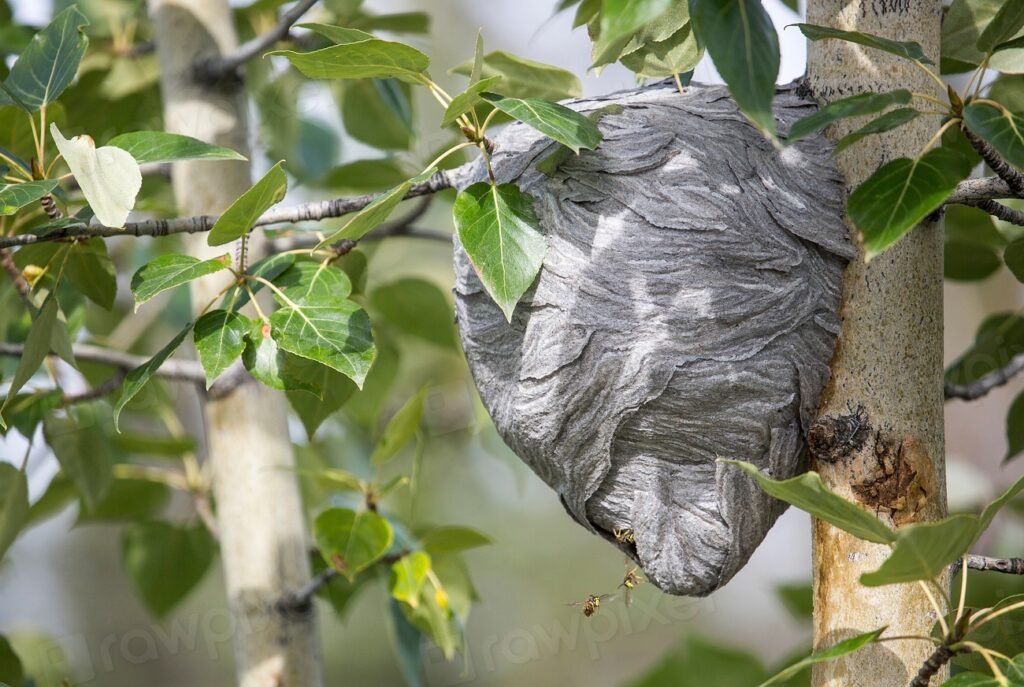Imagine standing in a dense, vibrant rainforest as a thunderstorm rolls in, the air charged with energy and anticipation. Suddenly, a bolt of lightning cracks through the sky, slamming into a towering tree. In that instant, something astonishing happens—not just a fiery scar or a splintered trunk, but a silent, invisible transformation within the tree’s very DNA. It’s a process that’s as wild as it is real: lightning isn’t just a deadly force. It’s a secret sculptor, subtly rewriting the genetic code of trees in the world’s stormiest regions. If you’ve ever wondered how nature’s most dramatic weather can leave a permanent mark on the forest, you’re about to embark on a journey into the heart of the storm, where science meets awe and the ordinary turns extraordinary.
The Electrifying Encounter: Lightning and Trees Collide
Lightning is one of nature’s most breathtaking displays, unleashing millions of volts in a single flash. When this energy strikes a tree, it doesn’t just blacken bark or send wood flying. The electrical surge races through the tree’s fluids, sometimes vaporizing water and causing the trunk to explode. But even more fascinating—deep inside the cells, the energy can disrupt molecules, including the fragile strands of DNA. Trees in tropical storm zones, where lightning is frequent, are constantly exposed to these wild energy surges. It’s like nature’s own lottery, with each strike offering a chance for dramatic change.
How Lightning Generates Mutations in Tree DNA
At the core of every tree, DNA acts as the instruction manual for growth, repair, and survival. When lightning hits, it can cause intense heat and electrical currents that break the bonds within DNA strands. These breaks sometimes lead to errors during the repair process, which scientists call mutations. Some mutations are harmless or even helpful, while others can cause cells to malfunction. Over time, these small genetic edits can accumulate, subtly steering the evolution of tree populations in stormy regions. Think of lightning as an unpredictable editor, occasionally scribbling new lines in the story of the forest.
Visible Scars, Hidden Changes: The Dual Impact of Strikes
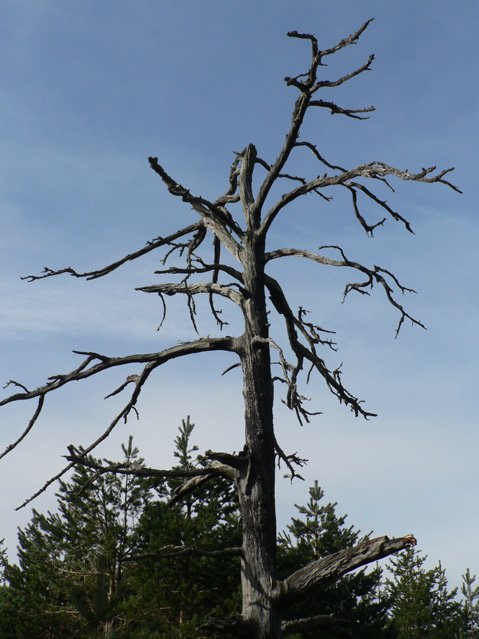
After a lightning strike, the most obvious changes are physical: charred bark, split branches, and scorched leaves. These visible scars tell a tale of survival and resilience. But beneath the surface, the real drama plays out at the molecular level. Trees that look outwardly healthy may harbor genetic changes in their growing tissues or seeds. Scientists have discovered that, much like humans who survive lightning strikes, some trees carry hidden reminders of the encounter—tiny mutations that may never be seen but can shape future generations.
Genetic Diversity: Lightning’s Surprising Gift
At first glance, lightning might seem purely destructive. Yet, by altering DNA, it can actually increase genetic diversity within a forest. Each mutation is like a new twist in the genetic code, giving rise to traits that might help trees adapt to future challenges. For instance, a mutation caused by lightning could make a tree more resistant to pests or drought. Over thousands of years, these small changes add up, fueling the incredible variety of life in tropical forests. In this sense, lightning acts like a wild, unpredictable artist, splashing new colors onto nature’s canvas.
The Role of Tropical Storm Zones as Natural Laboratories
Tropical storm zones are some of the world’s most active testing grounds for lightning’s influence on life. With storms rolling in almost daily during certain seasons, trees here have adapted to a constant barrage of electrical energy. Researchers flock to these regions to study how frequent lightning strikes shape not only individual trees but entire ecosystems. These natural laboratories offer a rare glimpse into evolution in action, where the rules can change with every flash of lightning.
Survival of the Struck: How Trees Cope with Genetic Change
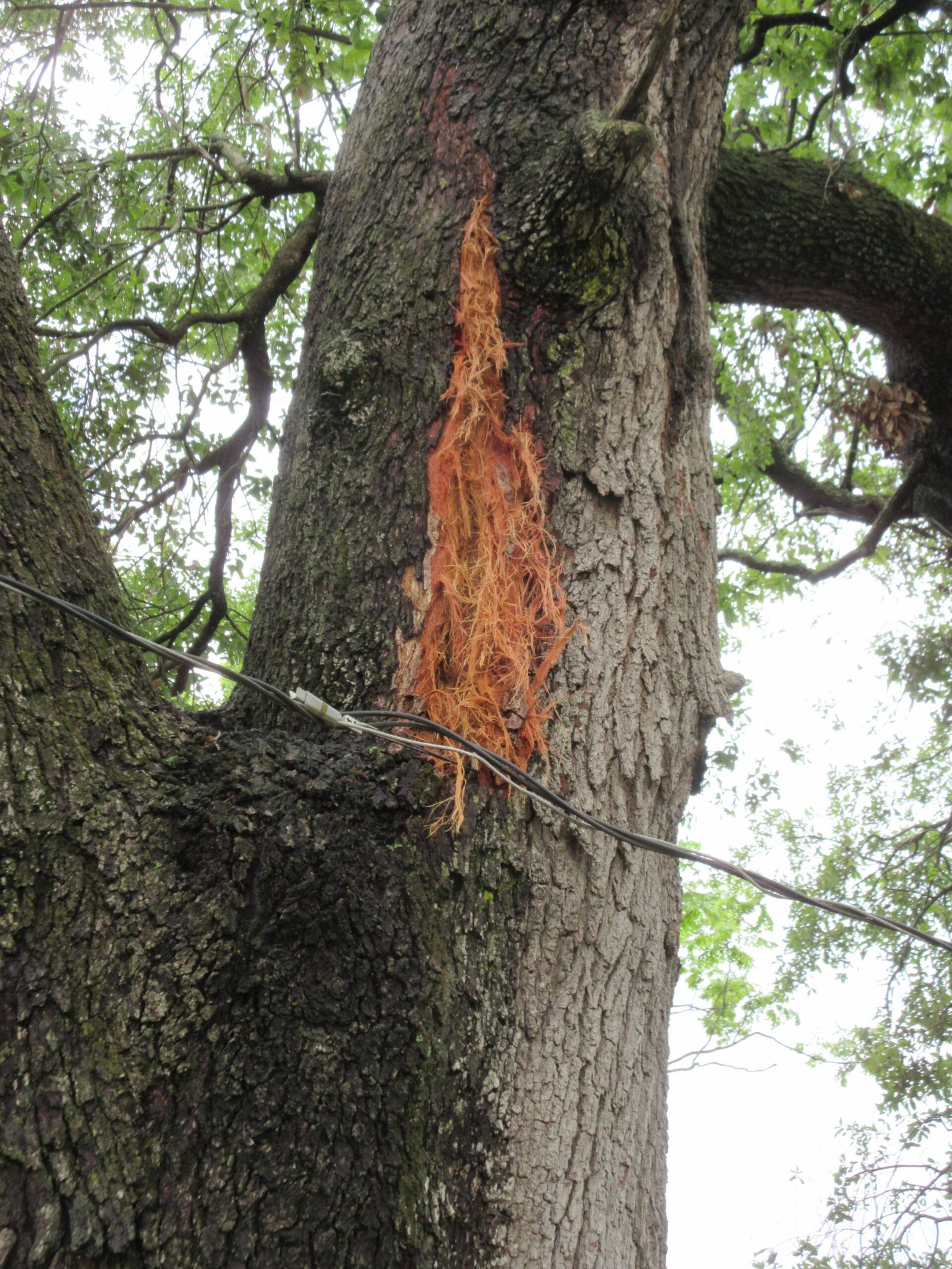
Not all trees survive a lightning strike, but those that do often display remarkable resilience. Some species have evolved thick bark or specialized water channels that help them withstand electrical surges. When DNA is altered, most mutations are quickly repaired or eliminated by the tree’s natural defenses. However, a few changes slip through, becoming a permanent part of the tree’s genetic blueprint. These survivors pass their altered DNA to their offspring, weaving the story of lightning into the forest’s future.
The Epigenetic Ripple: Beyond DNA Mutations
Lightning doesn’t just tinker with the DNA sequence; it can also trigger epigenetic changes—chemical switches that turn genes on or off without altering the underlying code. These switches can affect how a tree responds to stress, repairs itself, or produces seeds. Recent research suggests that lightning-induced epigenetic changes might help trees adapt faster to a changing environment. It’s as if lightning gives trees a new set of tools to cope with whatever comes next.
Lightning, Seeds, and the Next Generation
When a struck tree produces seeds, the story doesn’t end with the parent. Mutations or epigenetic changes can be passed on, influencing the next generation of saplings. In storm-prone zones, this means that the DNA of young trees may already carry the fingerprints of past lightning strikes. Over time, these silent changes can lead to new traits—like altered leaf shapes, faster growth, or increased resistance to disease—helping the forest evolve in unexpected ways.
Case Studies: Trees That Thrive After Lightning Strikes
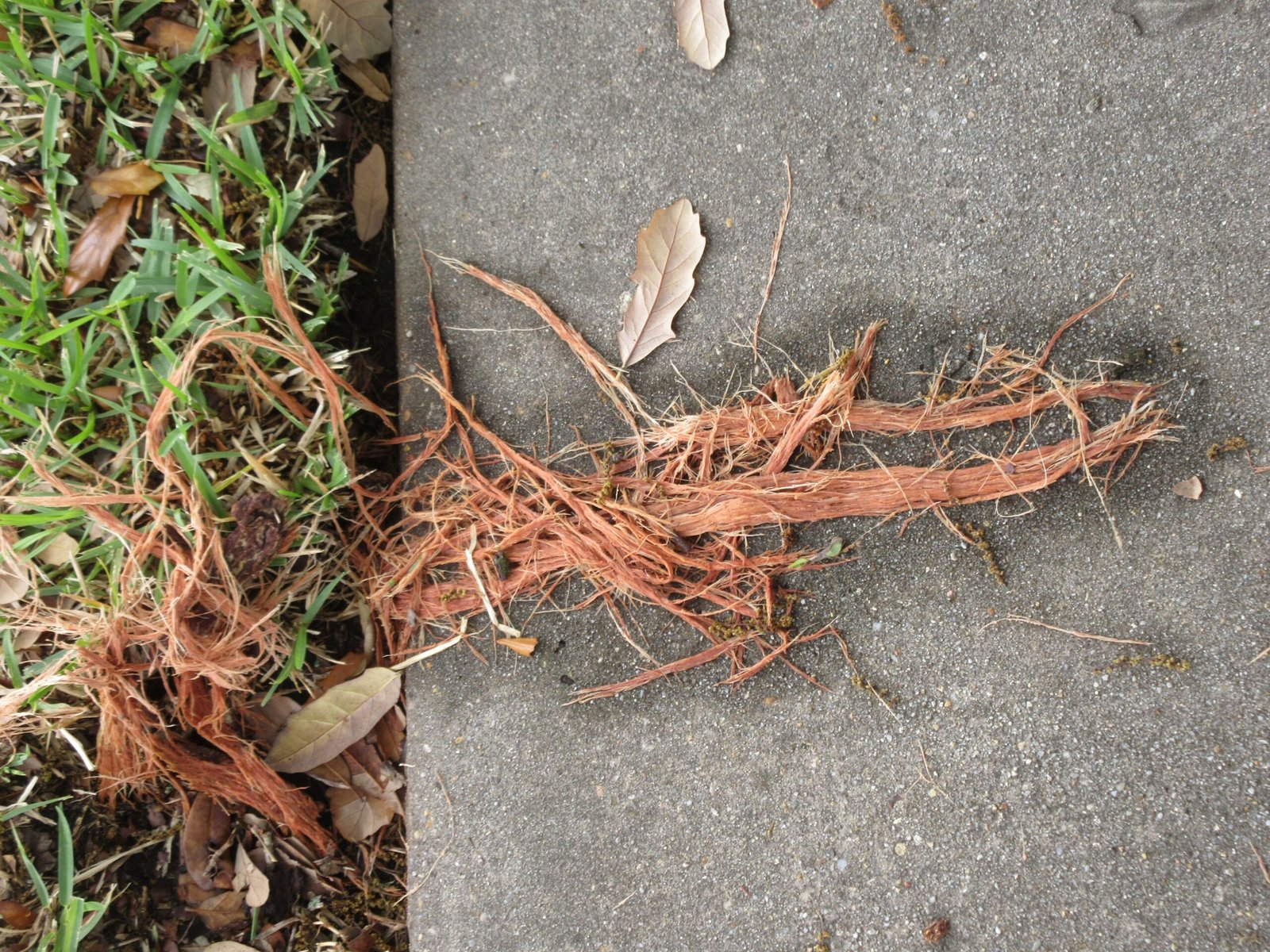
Scientists have documented remarkable cases where trees not only survived lightning but seemed to thrive afterward. For example, some tropical hardwoods in Central and South America show increased growth rates after a strike, possibly due to changes in their genetic controls. Other species, like certain types of oaks and pines, develop unique bark patterns or branching styles after being hit. These case studies hint at a deeper connection between lightning and the resilience of forest giants.
Lightning as Nature’s Genetic Engineer
While humans use technology to edit genes in the lab, lightning has been doing it naturally for millions of years. Each strike is an unpredictable experiment, sometimes producing results that help trees cope with new threats or environments. This natural form of genetic engineering is random but powerful, shaping the destiny of forests in ways we’re only beginning to understand. It’s a reminder that evolution isn’t just slow and steady—it can also be dramatic and explosive.
The Role of Soil and Moisture in Lightning’s Impact
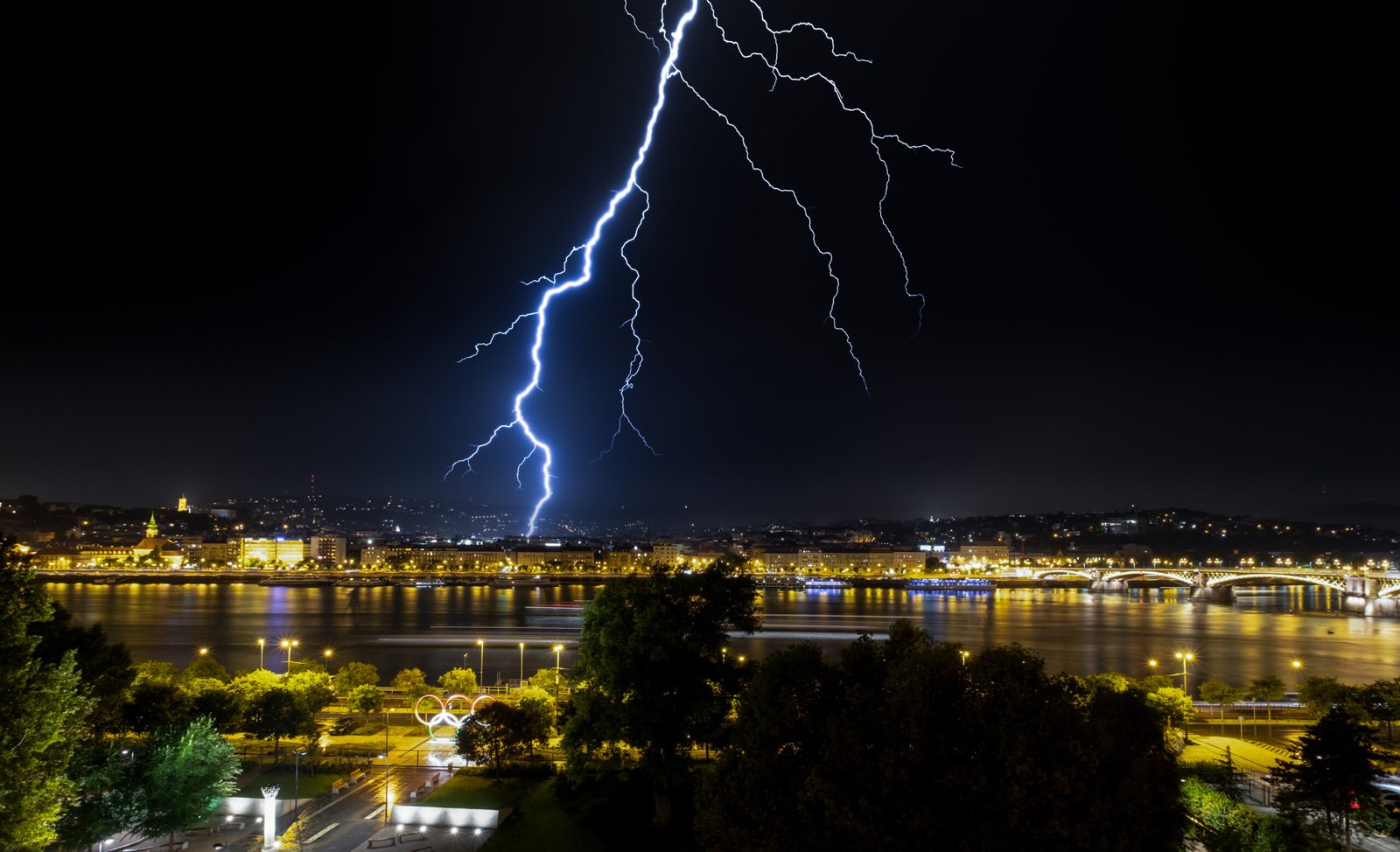
The effects of lightning on tree DNA depend heavily on local conditions. Wet soils conduct electricity better, spreading the charge through a wider area and sometimes reducing the direct damage to a single tree. In contrast, dry or sandy soils can concentrate the strike, increasing the likelihood of significant genetic changes. The amount of moisture in a tree’s tissues also matters; water can vaporize explosively, causing more physical and genetic disruption. These factors make each lightning event unique.
Forest Ecosystems: A Web of Lightning-Driven Change
Lightning doesn’t just affect individual trees—it can reshape entire ecosystems. When a tree is struck and dies, it opens up gaps in the canopy, allowing sunlight to reach the forest floor and sparking a rush of new growth. The genetic changes caused by lightning may give rise to saplings with novel traits, further increasing diversity. Over generations, these invisible edits can alter the structure and function of the entire forest, making it more resilient to storms, pests, and climate shifts.
Monitoring Lightning’s Genetic Footprints
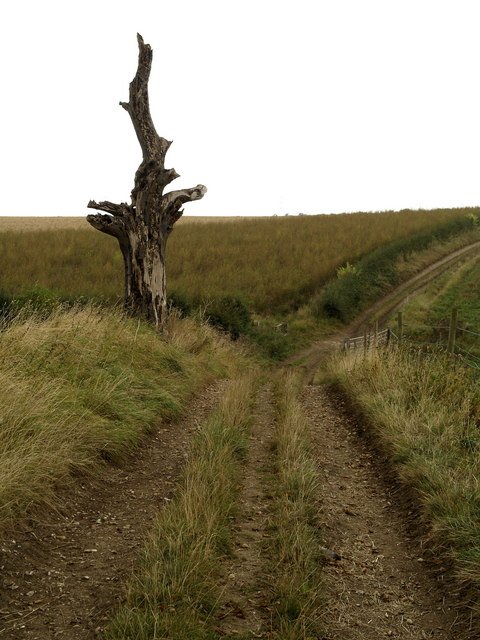
With advances in DNA sequencing, scientists can now track the genetic fingerprints left by lightning on tree populations. By comparing the DNA of trees in stormy regions with those in calmer areas, researchers can identify unusual mutations or patterns that suggest lightning’s hand at work. These studies are helping to unravel the long-term impact of storms on the genetic health and adaptability of forests worldwide. It’s like piecing together a mystery from clues hidden deep within the cells of ancient giants.
The Mystery of “Lightning Survivor” Trees
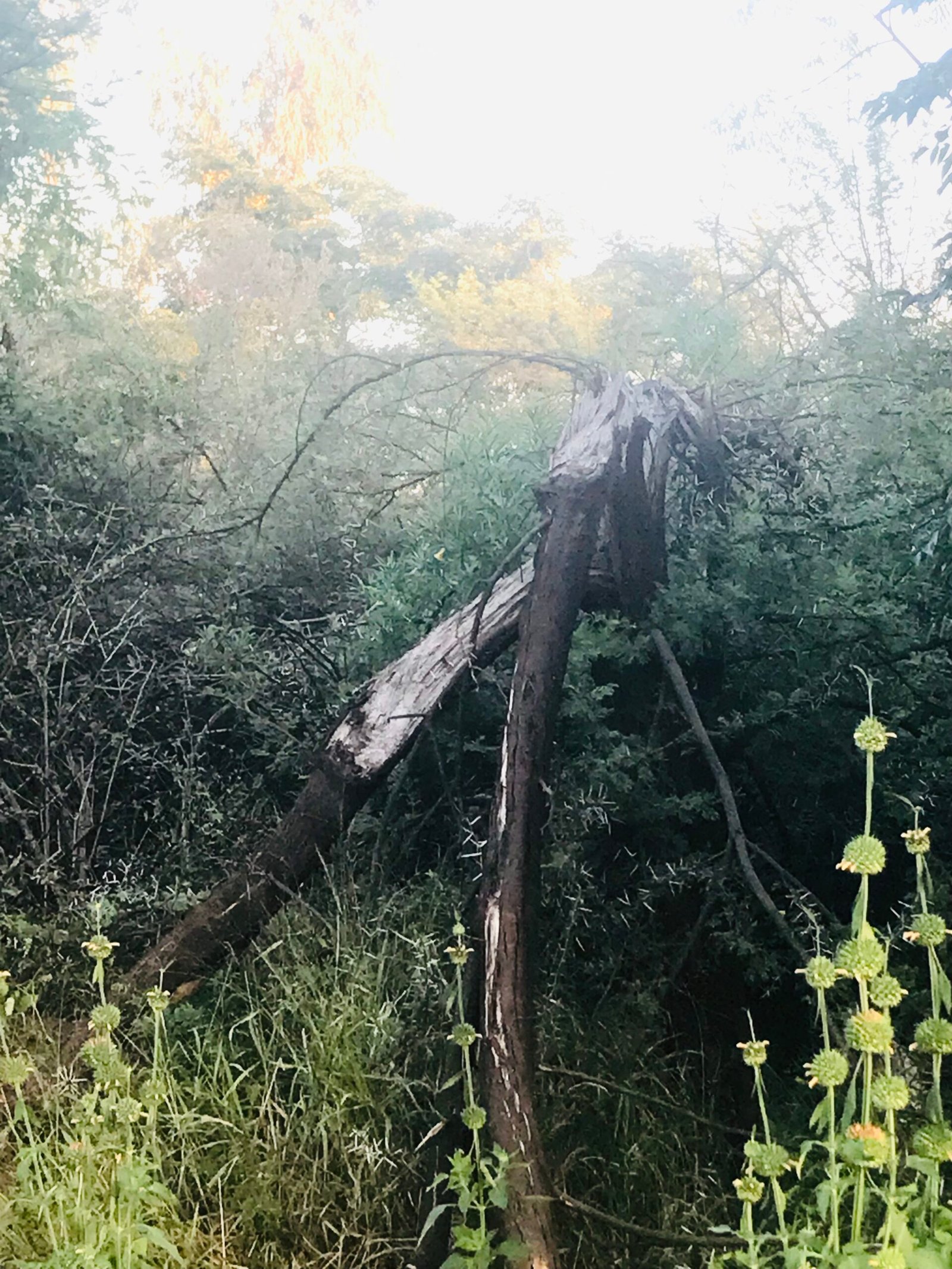
Some trees seem almost immune to lightning, surviving multiple strikes with little obvious harm. Researchers are investigating whether these “survivor” trees possess unique genetic traits or abilities passed down through generations. If so, these trees could hold valuable secrets for understanding resilience—not just for forests, but for agriculture and even human technology. Their stories add an element of intrigue and hope, suggesting that nature sometimes rewards persistence in the face of chaos.
The Human Connection: Lessons from Lightning-Struck Trees
There’s something deeply moving about the way trees endure and adapt after a lightning strike. For centuries, people living in storm zones have revered these scarred giants, seeing them as symbols of survival and renewal. Today, scientists and storytellers alike draw inspiration from their stories, finding lessons about resilience, change, and the hidden power of adversity. Lightning-struck trees remind us that even the most violent forces can spark unexpected growth.
Climate Change: More Storms, More Genetic Change?
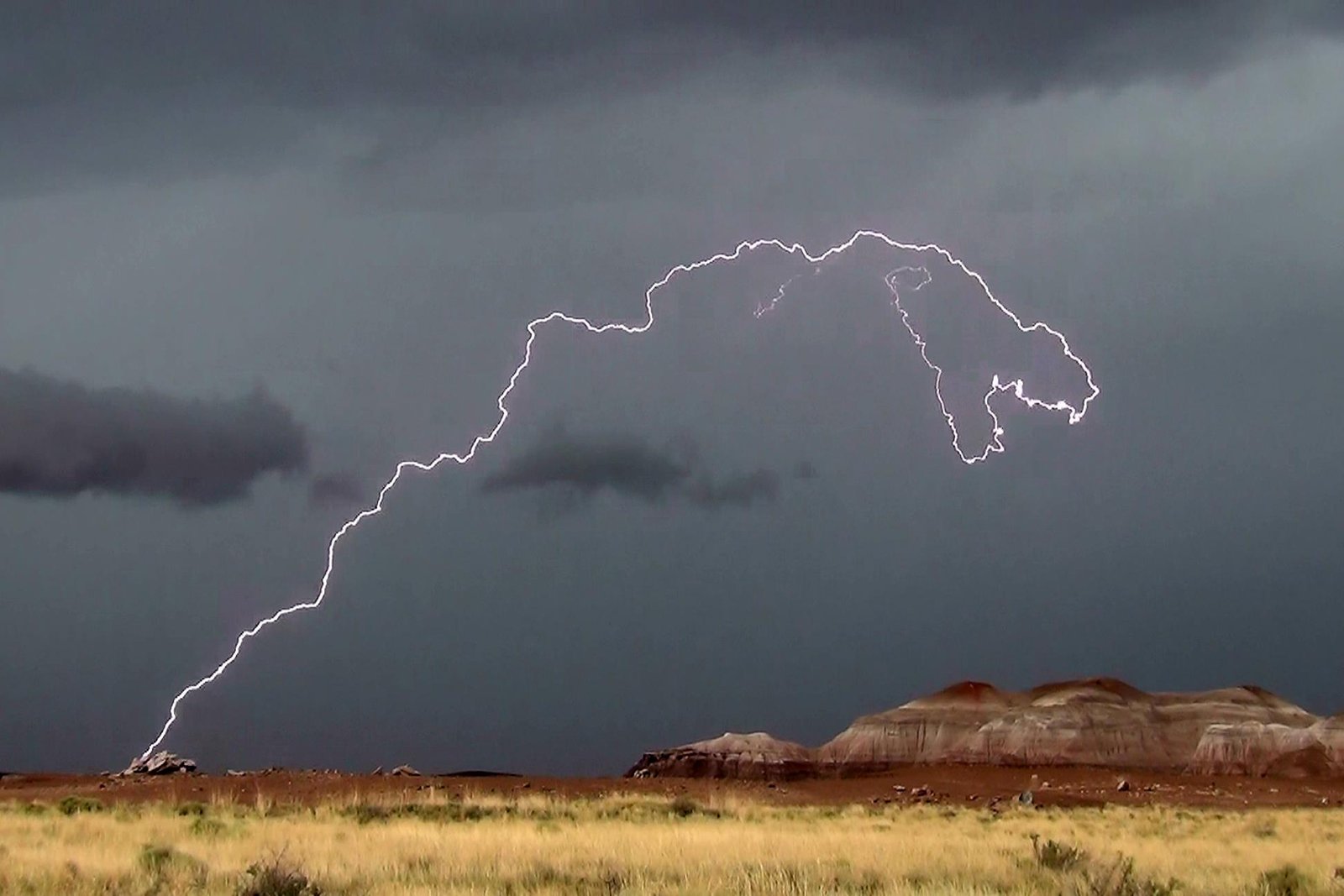
As our planet warms, tropical storms are becoming more intense and frequent in many regions. This means more lightning, and therefore, more opportunities for DNA changes in trees. Scientists are racing to understand how this uptick in electrical activity will shape the future of forests. Will increased lightning lead to faster adaptation, or will it push some species to their limits? The answer could reshape not only the world’s jungles but also our approach to conservation.
Protecting Forests in the Age of Lightning
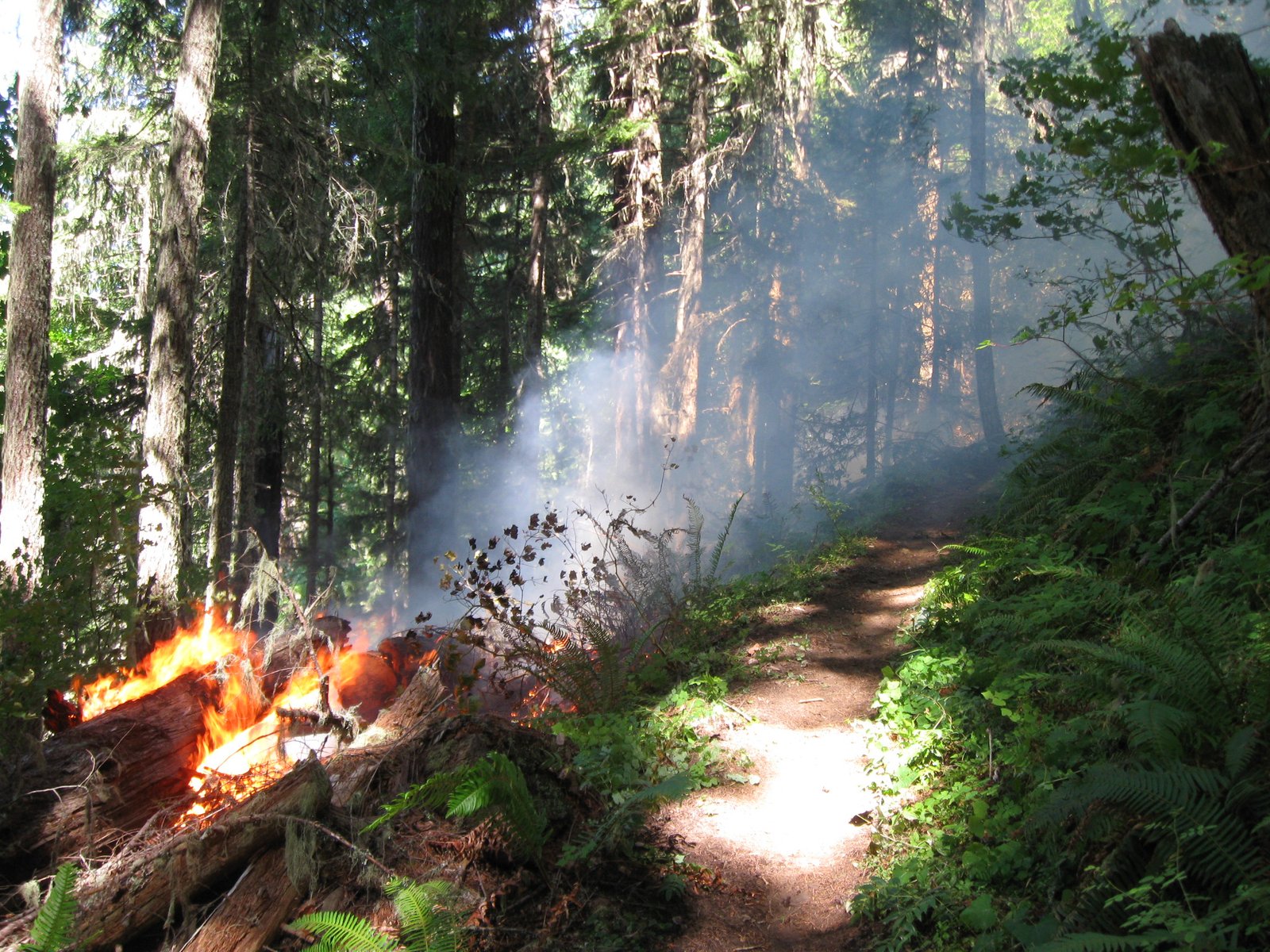
Safeguarding forests in storm zones means more than just preventing fires or logging. It requires understanding the subtle ways that lightning influences genetic diversity and resilience. Conservationists are beginning to factor in the role of natural disturbances like lightning when planning how to protect and restore forests. By appreciating the creative chaos of storms, we can support forests in ways that respect both their fragility and their remarkable capacity for renewal.
What Lightning-Struck DNA Can Teach Us About Evolution

The wild dance between lightning and tree DNA offers a unique window into evolution. Unlike slow, predictable changes, lightning introduces sudden, dramatic shifts that can reshape life in a single generation. Studying these changes helps scientists understand how species adapt to extreme environments, and even how life might evolve on other planets with volatile weather. It’s a living laboratory, full of surprises and new questions.
Future Frontiers: Harnessing Lightning’s Lessons
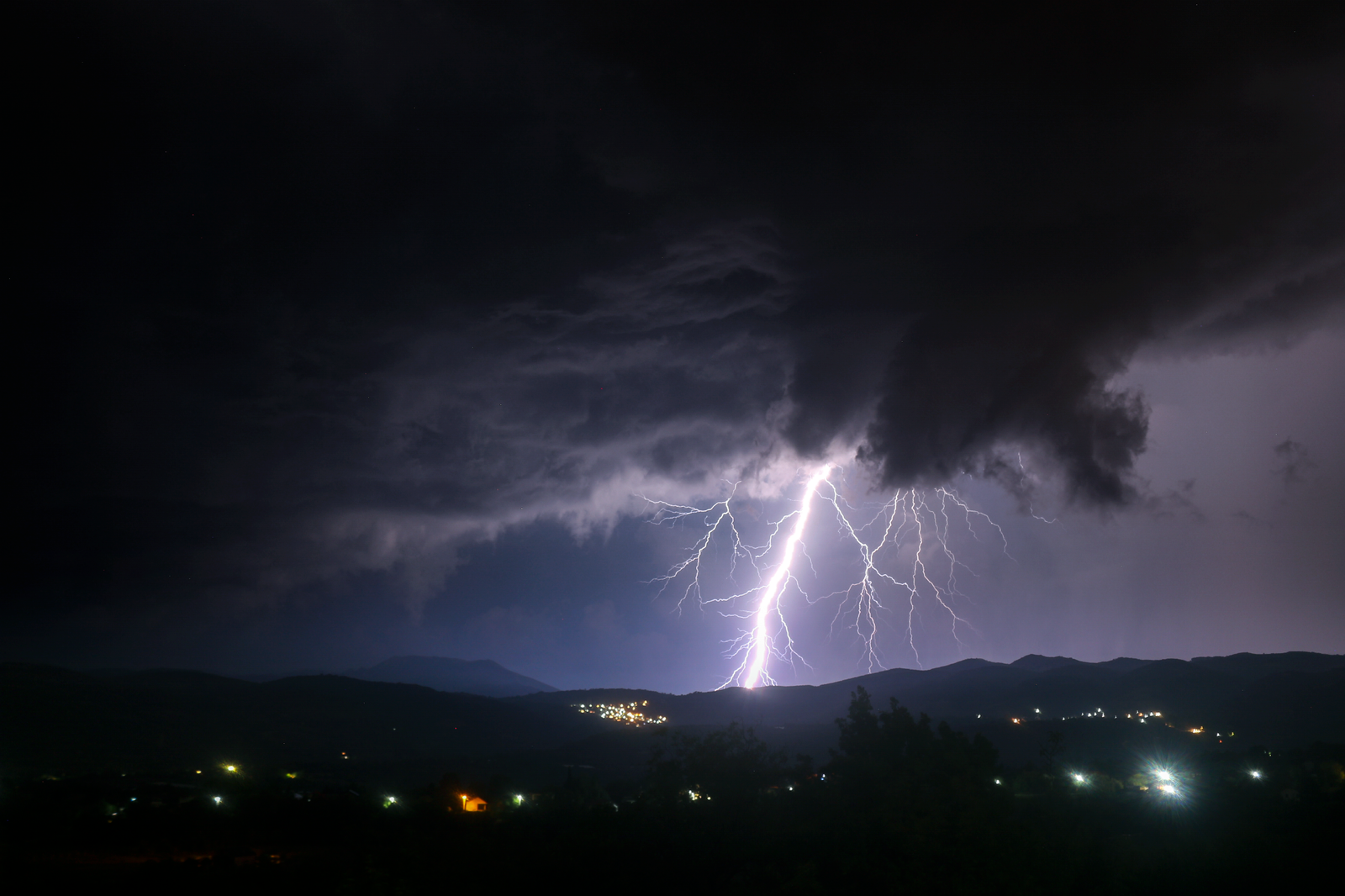
As technology advances, researchers are exploring ways to harness the power of lightning-inspired mutations for agriculture and biotechnology. Imagine crops engineered to be as resilient as lightning-struck trees, or DNA repair techniques that mimic the tree’s own defenses. The possibilities are as electrifying as the storms themselves, hinting at a future where we learn from nature’s most dramatic experiments.
Closing Reflection
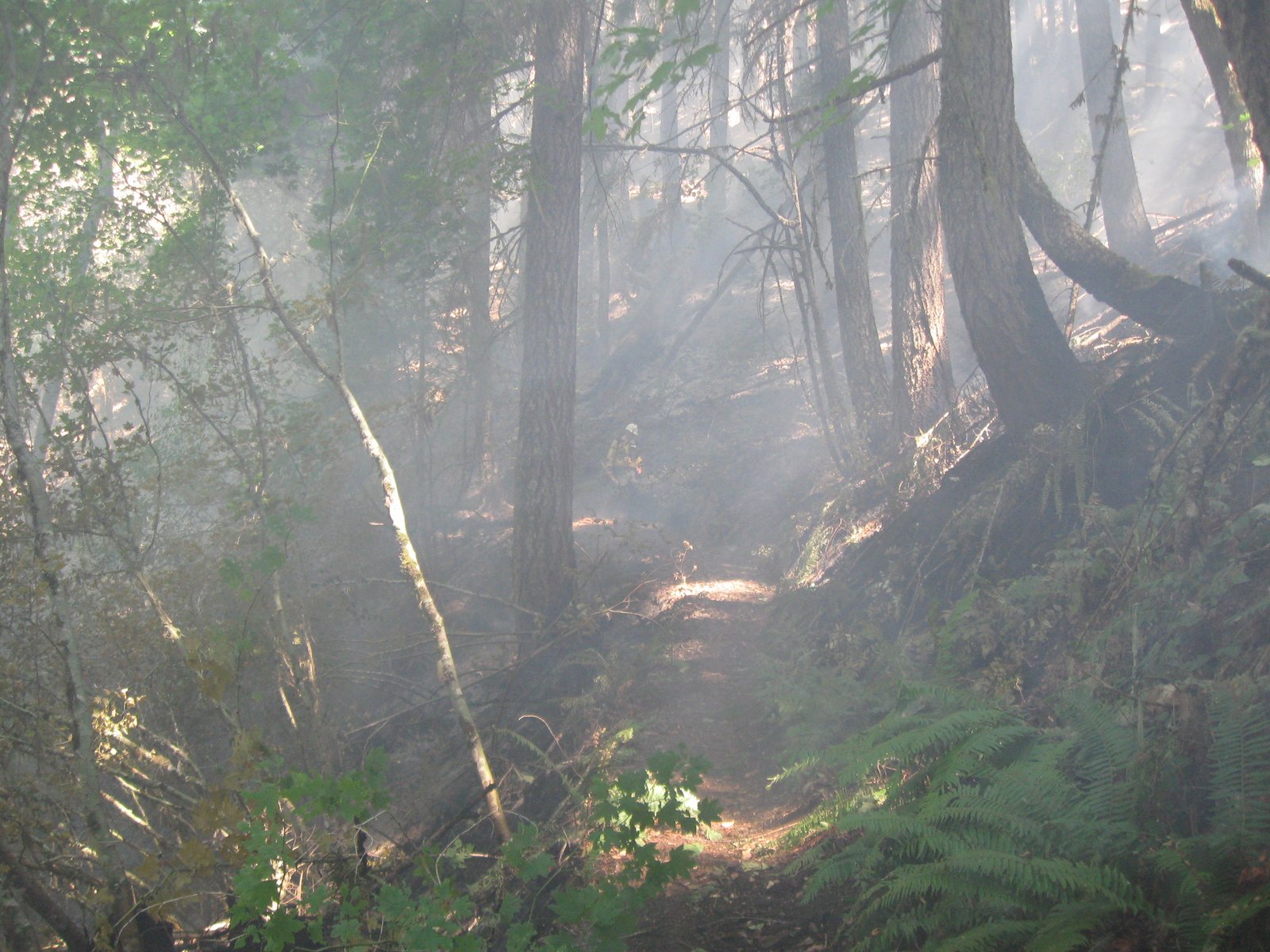
The next time you hear thunder rumbling in the distance or see a flash of lightning split the sky, remember the hidden drama unfolding in the forest. With every strike, trees face a trial by fire—and sometimes, they emerge changed not just on the outside, but deep within their genetic code. Lightning, once feared as pure destruction, reveals itself as a secret artist, sculpting the DNA of the world’s forests. Isn’t it astonishing how chaos can spark life’s next chapter?

